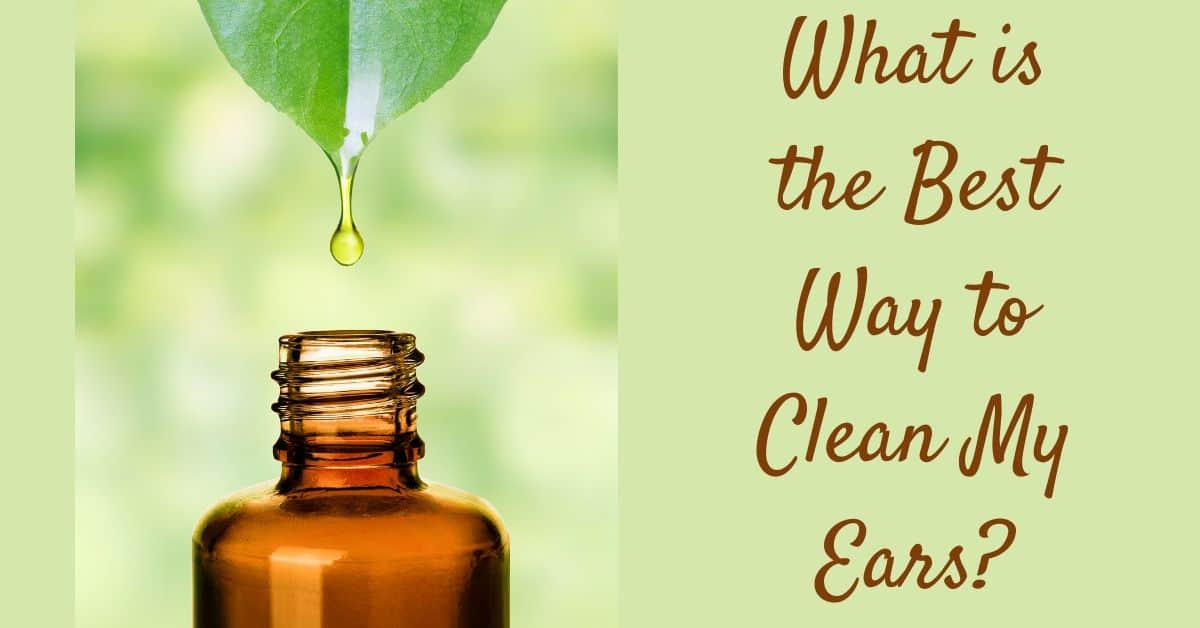- Navigating the Spectrum: Understanding Hearing Impairment Degrees - December 6, 2023
- Living with Hearing Aids in Day-to-Day Life - November 22, 2023
- A Comprehensive Guide to Hearing Aids: Exploring Styles and How They Work - November 21, 2023
Earwax is a natural part of the ear’s processes – and it serves quite a few important functions. Firstly, earwax acts as a lubricant, keeping our ear canals from becoming dried out, irritated, and itchy. Secondly, earwax is a sticky physical barrier to dust and debris that may otherwise make its way inside our ear canals. Earwax works as a trap to collect this debris to keep it from moving further down the canal towards our eardrums where it has the potential to cause issues. Thirdly, earwax also contains antibacterial properties that help protect our ear canals and inner ears from developing infections.
Even though earwax is an important function of our body, most of us don’t like to see any of it built up in our ear canals or outer ears. For the most part, our ears are pretty good at cleaning themselves, and do not often require much cleaning from us. For many people, the body wash or shampoo rinsing from our hair in the shower is efficient for cleaning the ears. Others may find that they want to further clean their ears. If this is you, there are some ways to safely clean your ears at home.
Do NOT put objects of any kind (including cotton swabs) in your ears!
Under no circumstances should you be putting anything into your ear canals. Long gone are the days of shoving cotton swabs aimlessly in your ears in an attempt to remove excess earwax. This outdated method of “cleaning” your ears not only tends to push excess earwax further into your ear, but can actually even do some serious damage to your eardrums.
Resist the urge to try to clean your ears with cotton swabs, paper clips, pen tips or anything else you may be tempted to use to remove earwax. Putting swabs or other objects in your ears is risky and definitely not recommended.
Do NOT use ear candles.
Ear candles have recently gained popularity as a means to clean your ears, however, there is no scientific evidence that they are effective. In fact, the FDA has determined that ear candles can actually cause harm and/or injury.
Do use a warm washcloth.
If you notice earwax on the outside edges of your ear canal or in your outer ear, you can use a damp washcloth with warm water to gently clean your ears. Remember not to try to insert the washcloth into your ear canals!
Do use oils to soften the wax.
If you feel like you need a more in-depth clean, you can use an eyedropper to put a few drops of baby oil, mineral oil, or glycerin in your ear canal to soften the wax. You can even purchase an over the counter earwax removal kit from your local pharmacy. Most likely, the kit will include an ear dropper and a solution that will include one or more of the aforementioned gentle oils. After dropping in the oil, wait a few days for the wax to soften. In a few days, use a rubber-bulb syringe to gently squirt some warm water into your ear canal. Then tilt your head so that the water, along with the softened wax, drains from your ear. Repeat the process for your other ear.
Do dry your ears.
Whether you wiped your ears with a damp washcloth or used the earwax softening method, it is important to thoroughly dry your ears after cleaning them. This is very simple, just wipe down your outer ear with a clean, dry cloth.
Do reach out to your doctor with any concerns.
Excess earwax buildup has the potential to cause issues, or could be the symptom of another underlying concern – most often cerumen (earwax) impaction. It is important to reach out to your hearing healthcare provider if you experience any of the following symptoms:
- Pain or a feeling of fullness in your ear
- Feeling like your ear is plugged
- Partial loss of hearing, which worsens over time
- Ringing in your ear, known as tinnitus
- Itching, discharge, or a smell coming from your ear
- Coughing
If you do have earwax impaction – or earwax buildup in the ear canal near the eardrum, your healthcare provider can safely remove the earwax in her office.

